Can You Use Essential Oils For Candle Making?
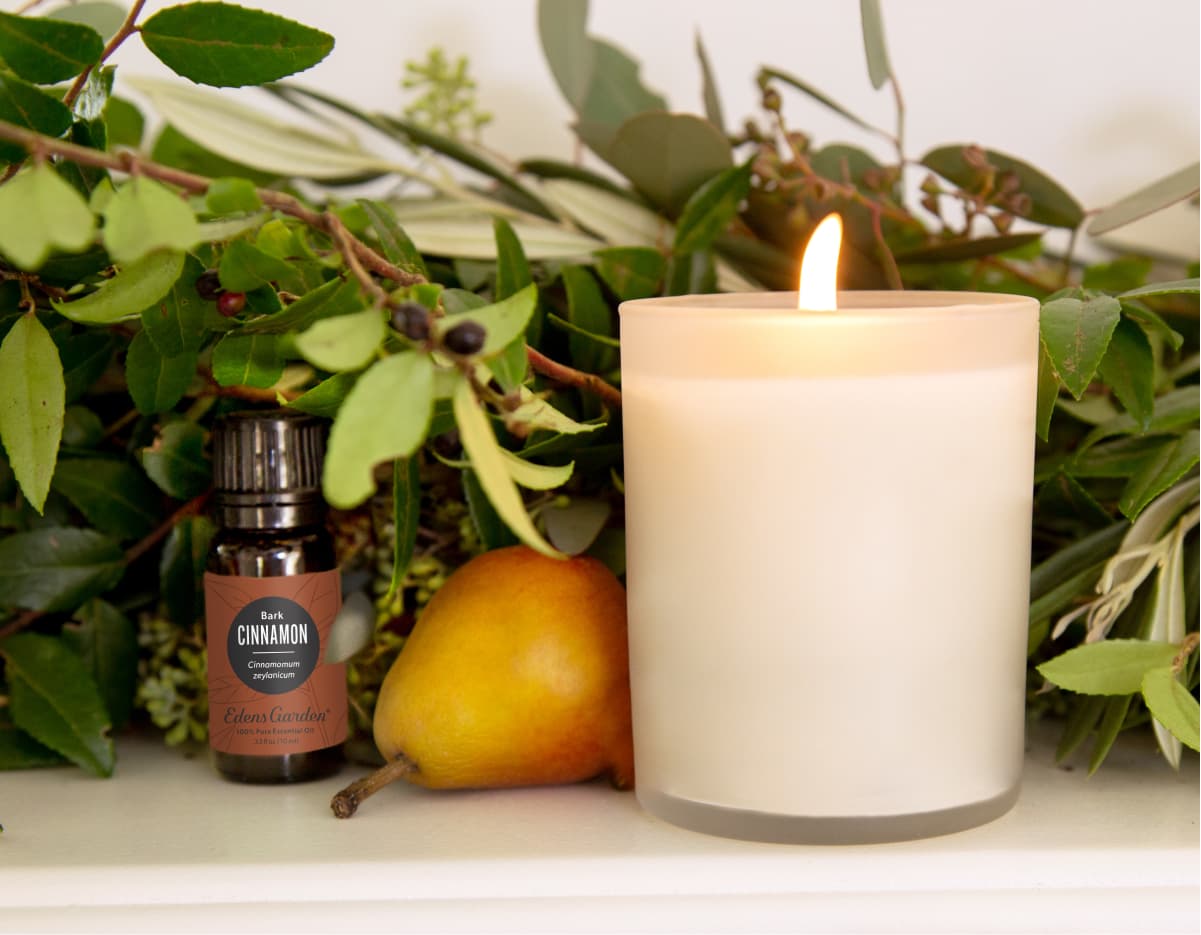
Perhaps it’s their lovely scent, dancing flame or soft, ambient glow, but there is something so wonderful about candles. It’s fascinating how one little flame can spark romance, nurture relaxation and elevate one’s atmosphere.
However, more people are becoming aware of the dangers that candles can pose to one’s well-being. Must everything enjoyable be bad for us? Luckily, there is one way to ensure your candles are free from toxic ingredients, and that’s to make them yourself.
If you’ve considered taking up candle making in the new year, then you’re in luck. Because in this short guide, we’re telling you everything you need to know about candle making and essential oils. Read on to get fired up about candle making.
Can You Use Essential Oils For Candle Making?
One question we’re often asked at Edens Garden is, are essential oils suitable for candle making? The answer is yes, essential oils can be used in candle making, but there are a few things you should know first.
Essential oils are notorious for not playing nicely with candle wax. Unlike fragrance oils, essential oils oftentimes have very low flash points which cause them to evaporate when added to hot candle wax. This in turn minimizes the scent throw of aromatherapy candles made with essential oils.
However, there are ways you can maximize essential oils’ aroma in candles.
Candle Making Ingredients & Equipment
While it might seem straightforward, candle making is both a science and an art form.
Start by choosing your ingredients and materials. To make a candle, you will need the following:
-
Wax
-
Wicks
-
Containers
-
Essential Oils
-
Candle Making Equipment
Wax
If you’re new to candle making, soy wax flakes are an easy-to-use ingredient that is non-toxic and emits minimal soot. Creating beeswax candles is also an easy option, but keep in mind, it is not vegan. Lastly, due to the questionable nature of paraffin wax, we recommend avoiding this ingredient in candle making.
Wicks
Choosing the right wick is crucial to candle making. If you choose a wick that is too small, you will likely experience candle tunneling – when wax adheres to the sides of your candle container while the center of your candle melts down. On the flip side, choosing a wick that is too large can produce a large, animated flame, which (if you’re not careful) is more likely to cause surrounding objects to catch fire.
But when it comes to making an essential oil candle, a smaller wick is recommended. This is due to the lower flash point of essential oils which require minimal heat to give off their aroma.
Containers
Because a smaller wick is recommended for essential oil candles, a narrow candle container is recommended to prevent candle tunneling. You may want to ask what circumference your candle wick supplier recommends to help you narrow down the right-sized container.
Suitable containers are generally made of the following heat-safe materials:
-
Glass
-
Ceramic
-
Enamel
-
Cast Iron
-
Tin
Unsuitable containers are made of the following materials:
-
Plastic
-
Wood
-
Terra Cotta
-
Porous Materials
-
Non-Heat-Resistant Materials
It’s always best to be cautious with the containers you choose. Ask the container manufacturer if it’s heat-safe and can be used in candle making. Also keep in mind that even if your chosen vessel is made of a suitable material, it still might not be ideal for candles. For example, wine glasses are often too delicate and liable to crack. Glass mason jars, enamel cups and tin containers, on the other hand, are often a safe bet.
Essential Oils
When choosing the best essential oil for candle making, you may want to start with oils that have higher flash points (above 150°F) and strong aromas. These oils include:
-
Basil
-
Cinnamon- Leaf
-
Clove- Bud
-
Cedarwood- Atlas
-
Clary Sage
-
Geranium
-
Guardian Blend
-
Lavender (Any)
-
Lavender Magnolia Blend
-
Meditation Blend
-
Palmarosa
-
Patchouli
-
Tranquility Blend
-
Ylang Ylang
Equipment
Along with your ingredients, you will need some equipment to get started. These items include:
-
Double Boiler
-
Thermometer
-
Spoon
-
Wick Stickers
-
Wick Holder
-
Scale
Rather than melt the wax in the microwave or directly in a pot, a double boiler allows you to carefully monitor the temperature of the wax and prevent overheating. You can make a double boiler by filling a wide pot halfway with water. Place a heat-safe container with a tapered spout, such as a Pyrex measuring cup, into the pot of water. It’s best if the handle of your Pyrex cup is outside of, or above the pot so you’re not reaching into a pot of boiling water.
A thermometer is necessary to ensure your wax reaches the proper temperatures for adding fragrance and pouring.
You will also need a heat-safe spoon to stir and combine your ingredients.
A scale will provide the most accurate measurements for your ingredients, but you can also use measuring cups and spoons if you don’t own one.
Lastly, you will need wick stickers and a wick holder to keep your wick in place after the wax is poured into the candle container.
How To Use Essential Oils In Candle Making
Now that you’ve gathered your ingredients and equipment, it’s time to start making your candles.
Step 1: Measure Your Ingredients
Using your scale, measure the amount of wax and essential oil you plan to use. To understand how much total wax and fragrance you should use, weigh your empty candle container, then fill it with water, leaving about an inch and a half of space at the top. Weigh your container of water and subtract the weight of the empty container.
When it comes to how much essential oil you should use, most candle makers recommend starting with 6% or 1 ounce of fragrance per 1 pound of wax.
But before you dump an entire bottle of essential oil into your candle, you’ll also want to ask the wax manufacturer about the wax’s maximum fragrance load. Wax is only able to absorb so much fragrance, and by adding too much fragrance, you can weaken the scent throw of your candle. Therefore, you don’t want to go above your wax’s maximum fragrance load, which is generally around 10% for soy wax.
If you’re having trouble deciding how much fragrance to add, this nifty fragrance calculator is here to save the day.
Step 2: Melt The Wax
Once you’ve set up your double boiler, simmer the water on medium-low heat, then add your wax to the Pyrex cup. Stir the wax occasionally and break up any clumps that form. Once fully melted, monitor the temperature of the wax. Once the wax reaches 185°F, remove the Pyrex cup from heat.
Step 3: Heat Your Candle Container
One little-known trick that will help your candle wax adhere to your container, is to gently heat the container. You can do this by heating the vessel with a blow dryer, or popping it into your preheated 120°F oven for a few minutes. The container should not be heated to the point where you can’t pick it up with your bare hands.
Step 4: Wick Your Candle
After your container has been heated, place a wick sticker on the bottom of your candle wick. Then, center the wick at the bottom of your container. Use a wick holder to ensure that the wick doesn’t lean on the side of the container, but rather, stays centered. If you don’t have a wick holder, you can sandwich the wick with two chopsticks or pencils.
Step 5: Add Your Essential Oils
Once your wax reaches 160°F, stir in your essential oils for 1-2 minutes. Don’t stir too fast, as this can cause air bubbles to form in the melted wax which will lead to problems with your candles.
Step 6: Pour Your Candles
Your wax is ready to pour when it reaches 100-130°F. Pour the wax slowly into your container to prevent cratering and sinkholes from forming, once the wax cools.
Wait at least 24 hours, or 3-5 days for the wax to properly cure before lighting your candle.
Testing, Testing
The best way to approach candle making is to experiment and make test candles. Test different amounts and types of essential oils, wicks, containers, brands of wax, etc.
Note here that we have not tested all of our essential oils in candle making, and therefore, can’t conclude with certainty which ones will work best with your chosen wax. This is another reason why it’s good to test proportions by making small experimental batches.
Don’t expect perfection when it comes to your first try, but do expect to have a lot of fun. Happy candle making!
Sources:
-
Safe Candle Containers for Candle Making: What Avoid and What to Use. https://www.lifenreflection.com/safe-candle-containers-for-candle-making/
-
how much fragrance oil should i add to melted wax? https://support.candlescience.com/hc/en-us/articles/201352174-How-much-fragrance-oil-should-I-add-to-melted-wax-
-
why are there wet spots on my candles? https://support.candlescience.com/hc/en-us/articles/201389140-Why-are-there-wet-spots-on-my-candles
-
How to Make Soy Wax Candles - Tips and Tricks from an Expert | Bramble Berry. https://www.youtube.com/watch?v=cn528L_WPrw
Grab The Essentials Here:
Leave a comment (Comments will be approved before showing up)
10 comments
Sue Stratton
Hello, I have a question! I’m a newbie when it comes to candle making. I would love to avoid fragrance oils, however I’m reading mixed reviews on whether or not they will give enough aroma to the candle. Have you found this to be true? or do we just have to use more essentials oils to get the same effect?
Edens Garden
Hi Lorraine, we recommend checking out our blog ‘The Differences Between Fragrance Oils And Essential Oils?’ For your convenience, here’s a link- https://www.edensgarden.com/blogs/news/what-is-the-difference-between-fragrance-oils-and-essential-oils?gclid=Cj0KCQjwkOqZBhDNARIsAACsbfJat3bRIA5V_qgkUU5C_JWXTYJ6z_RZZwW_lYFw0aIb51hmY9-MVLIaAln9EALw_wcB
Lorraine
What’s the difference between Essential Oils and Fragrance Oils? Do you have a list of Fragrance Oils I can use? Do you sell Fragrance Oils?
Edens Garden
Hi Laura! We recommend checking with the supplier you purchase the wax from.
Laura
If I use a coconut wax/beeswax blend instead of soy, are the temperatures the same for melting, adding EO and pouring?
Edens Garden
Hi Amanda! You never know what’s in store at EG 😉
Edens Garden
Hi Michelle! All of the ingredients we choose for our DIYs are non-toxic and/or natural. If you have resources about soy wax that state otherwise, we’d love to go over that info with you! Our aromatherapists would be happy to continue this conversation with you: aaa@edensgarden.com
Amanda
I wish EG would bring back candles.
Michelle
This is great! I would not recommend soy wax however as being “non-toxic”. A lot of research has come out recently revealing that the process of creating soy wax for candles isn’t 100% pure, which led to the conclusion that soy wax can’t ever be 100% pure. You can alternatively do 50/50 beeswax and solid coconut oil, which helps with the flash point of your essential oils, as well as your fragrance load, hot and cold throw! Just an observation I’ve experienced first hand and through research as an Aromatherapist myself :) thanks again for the great resource!
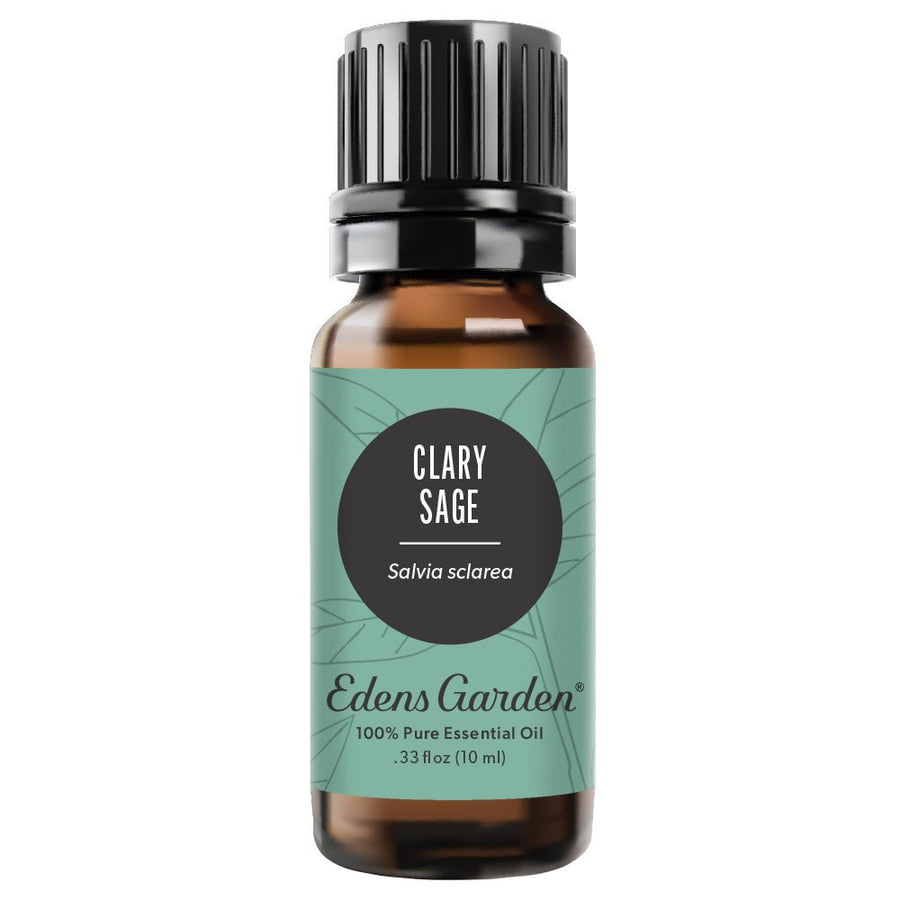
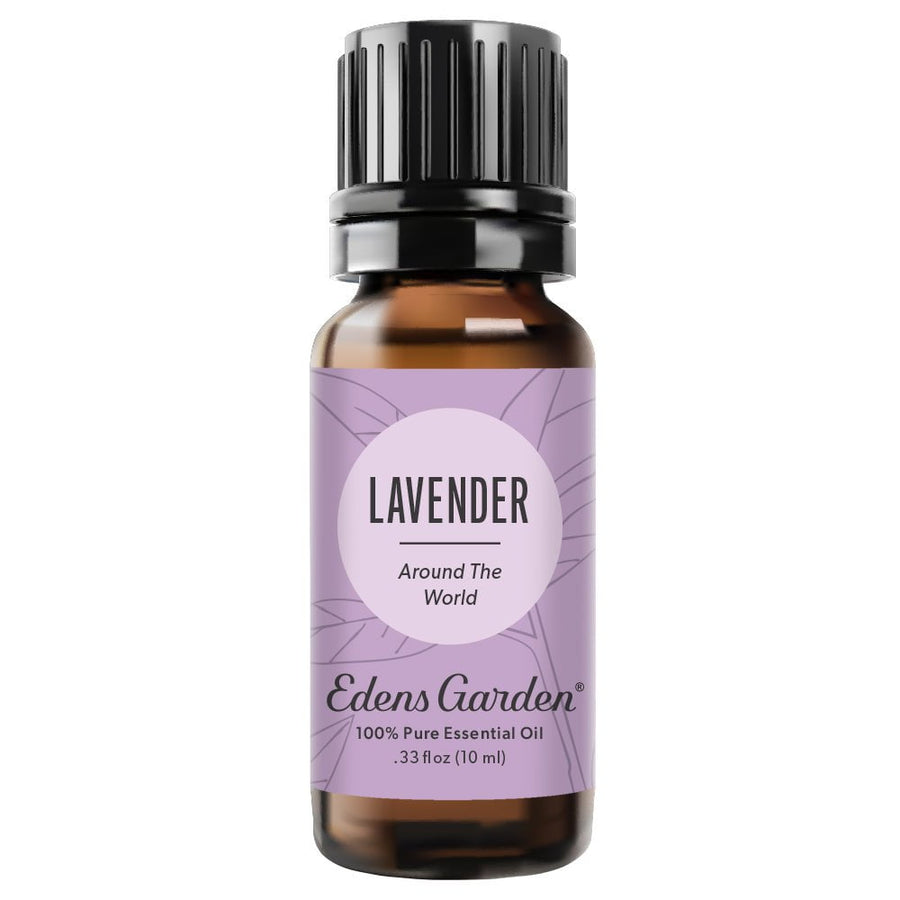
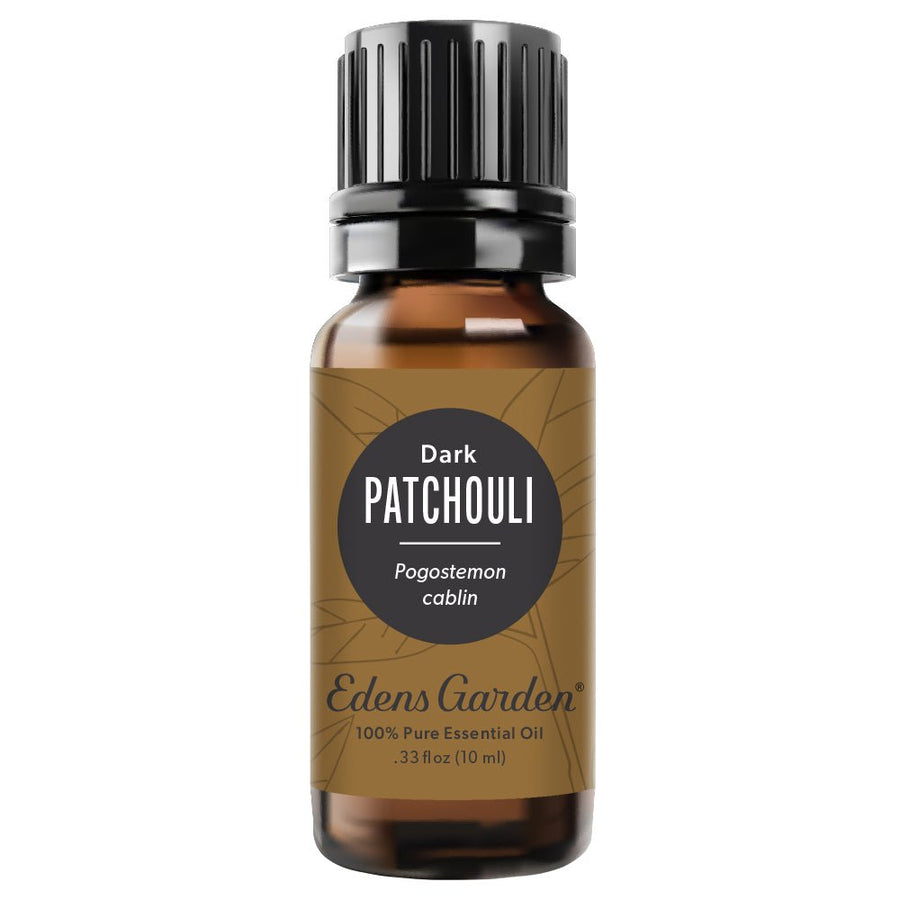
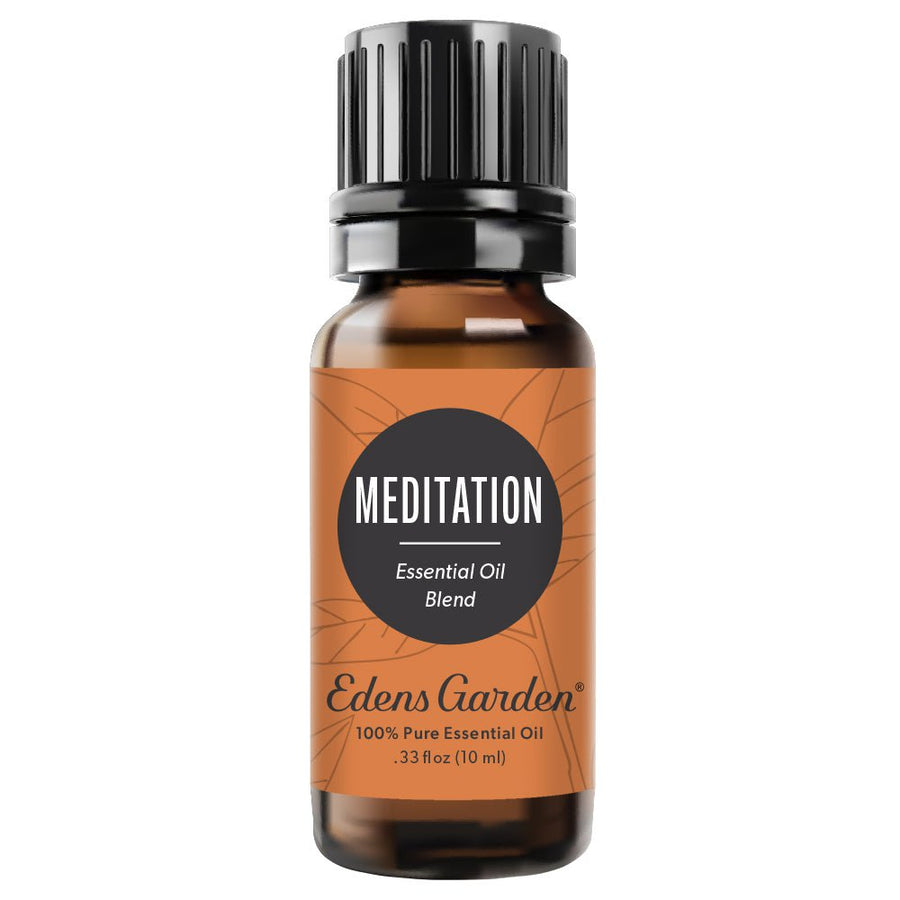

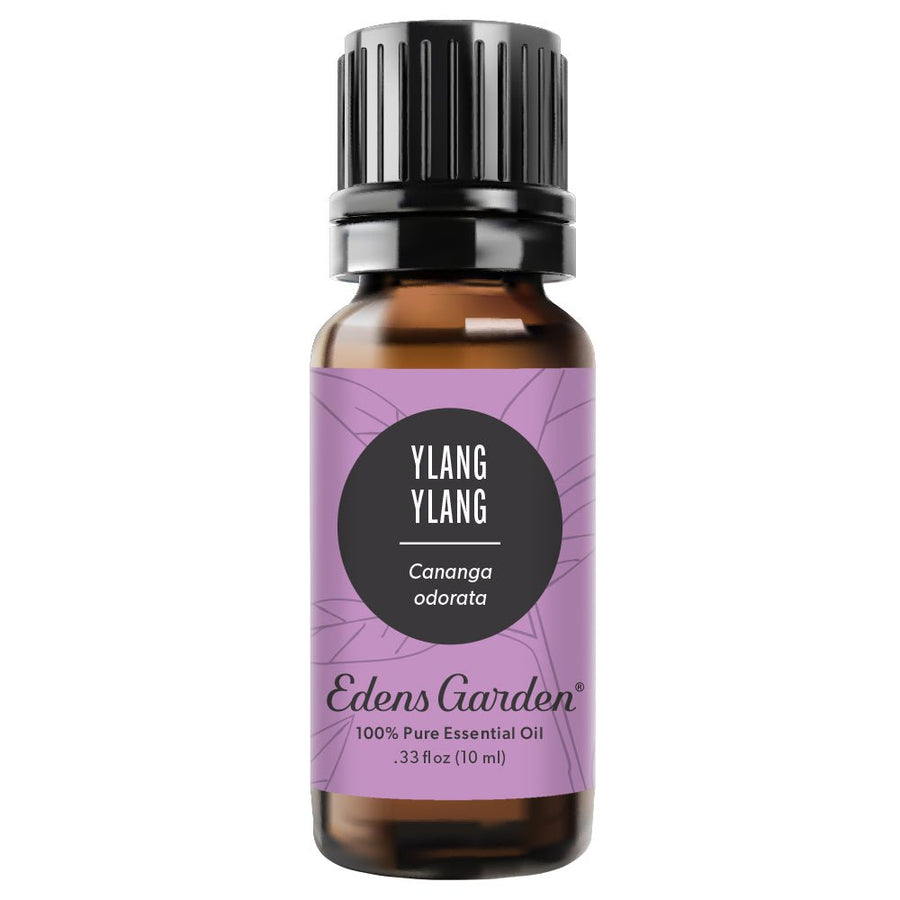




Edens Garden
January 19, 2023 at 9:37 am
Hi Sue! Generally, you need more essential oil than fragrance oil in candle making. Many fragrance oils are chemically altered to have the best scent throw, but our essential oils are not altered in any way. Finding the best amount of essential oils for your candles may take some testing.
If you have further questions, we’d love to chat! Please reach out to us at info@edensgarden.com.